Gender inequality has been a persistent issue in Africa, deeply rooted in cultural, social, and economic structures that have historically placed women and girls at a disadvantage. It manifests in various forms, such as lack of access to education, employment opportunities, and healthcare, as well as discriminatory laws and practices. In recent years, African artists have recognized the potential of art as a powerful tool for social change, using their talents to create works that challenge societal norms, empower women and girls, and inspire meaningful progress in their communities. This journal examines the ways African artists tackle gender inequality through their work, highlighting their impact in raising awareness, promoting female empowerment, and fostering community engagement and dialogue.
Art as a means to raise awareness about gender inequality
Visual and performing arts have a unique ability to communicate complex ideas and elicit emotional responses from their audience. By addressing gender inequality through their work, African artists contribute to raising awareness about the issue, helping to reshape perceptions and attitudes.
Visual art: paintings, sculptures, installations
A number of African artists have used their visual art to confront gender inequality head-on. For example, Kenyan artist Wangechi Mutu creates powerful collage paintings depicting African women in various forms, challenging traditional representations of women in art and society. Nigerian artist Njideka Akunyili Crosby’s mixed-media works explore themes of identity, gender, and cultural belonging, often incorporating personal stories of her own experiences as a woman.
In sculpture, South African artist Mary Sibande creates life-sized installations featuring her alter ego, Sophie, a domestic worker dressed in Victorian attire. Sophie’s transformation throughout Sibande’s work symbolizes the resilience and strength of black women in overcoming the legacy of apartheid and gender inequality.
Performing arts: theater, dance, music
Performing arts have also played a crucial role in raising awareness about gender inequality in Africa. For instance, Ugandan playwright Judith Adong’s play “Silent Voices” confronts the stigma and silence surrounding sexual violence against women, encouraging discussion and understanding. The renowned South African choreographer Mamela Nyamza uses dance as a medium to address issues of gender, race, and sexuality, challenging the status quo and advocating for inclusivity and equality.
In the realm of music, artists like Senegalese singer-songwriter and activist Sister Fa use their songs to raise awareness about female genital mutilation (FGM) and campaign for women’s rights in Africa.
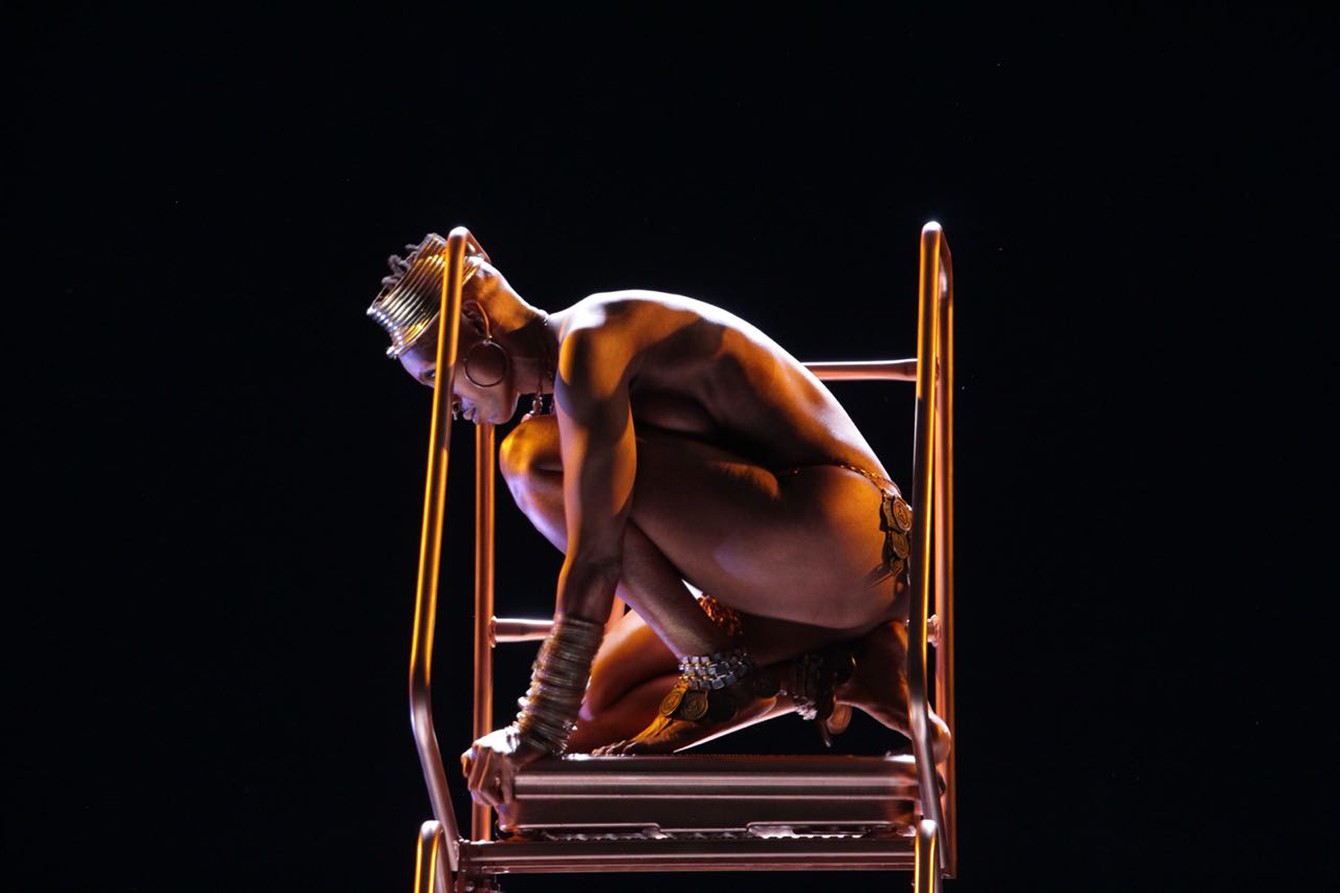
Art as a platform for female empowerment and self-expression
African artists, particularly female artists, have emerged as powerful voices for gender equality, using their work to empower women and girls, and challenge traditional norms.
Female African artists and their work
Female African artists such as Ethiopian painter Julie Mehretu, who explores themes of migration, displacement, and identity in her abstract works, and South African visual artist Zanele Muholi, who documents the lives of black lesbian women in South Africa, use their art to challenge gender stereotypes and societal expectations.
Other artists, like Moroccan photographer Lalla Essaydi, reclaim the female body and identity by creating stunning images that defy the objectification of women in traditional Orientalist art. Similarly, Sudanese painter Kamala Ibrahim Ishaq’s work celebrates women’s spirituality, power, and resilience.
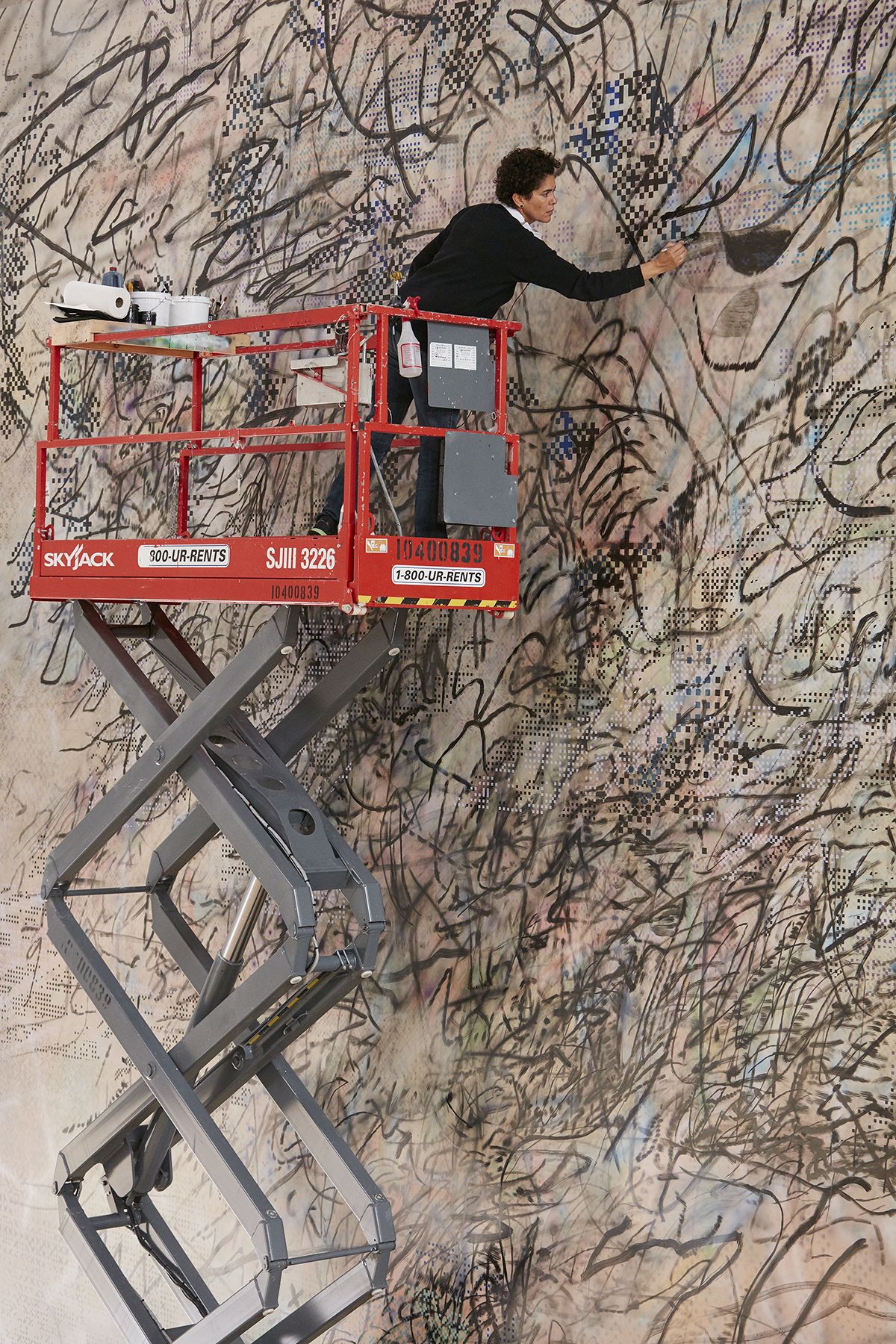
The importance of representation in art
Representation in art is crucial in shaping the way people perceive themselves and others. By including diverse female characters and stories, African artists contribute to challenging stereotypes, fostering positive self-image and aspirations among women and girls.
For example, Nigerian-American artist Toyin Ojih Odutola creates intricate drawings of black figures, portraying their stories, relationships, and emotions, thus subverting traditional narratives about black people and women. Similarly, Ghanaian artist Amoako Boafo’s large-scale paintings celebrate the beauty and strength of black women, showcasing a range of emotions, experiences, and backgrounds.
Art as an agent for community engagement and dialogue
In addition to raising awareness and empowering women, art has the capacity to bring communities together and foster dialogue around important social issues, such as gender inequality.
Art projects involving community members
Several African artists have undertaken projects that involve community participation, emphasizing the importance of collective action in addressing gender inequality. For example, Kenyan artist Jim Chuchu’s “The Nest Collective” is a group of multidisciplinary artists who engage with their community through various forms of art, tackling themes of gender, identity, and cultural norms.
In South Africa, the “Sweatshop” project, led by artist Lady Skollie, uses printmaking as a tool to engage women from different backgrounds in conversations about gender, sexuality, and power dynamics.
The role of artists as activists and change-makers
Many African artists go beyond their artistic practice to become activists and change-makers, advocating for gender equality and partnering with NGOs and local organizations to make a tangible impact. Nigerian artist and activist Yegwa Ukpo, for example, co-founded the “Stranger Lagos” art space, which hosts exhibitions, workshops, and events focused on gender equality and social change.
Zimbabwean artist and activist Kudzanai Chiurai uses his art to explore themes of power, gender, and politics, collaborating with organizations such as Amnesty International to raise awareness about human rights issues in Africa.
In conclusion, Art has proven to be a powerful tool for addressing gender inequality in Africa, with African artists using their creativity to raise awareness, empower women and girls, and foster community engagement and dialogue. Through visual and performing arts, these artists have challenged societal norms, promoted female representation, and inspired a wave of change in their communities.
As we celebrate the progress made by African artists in tackling gender inequality through their work, we must also recognize that there is still much work to be done. It is essential to continue supporting African artists and their endeavors to create a more equitable and just future for all. The impact of their art transcends borders, sending a message of hope, resilience, and transformation that resonates with audiences worldwide. By embracing the power of art as a force for change, we can help to dismantle the barriers that perpetuate gender inequality and work towards a more inclusive and equal society.

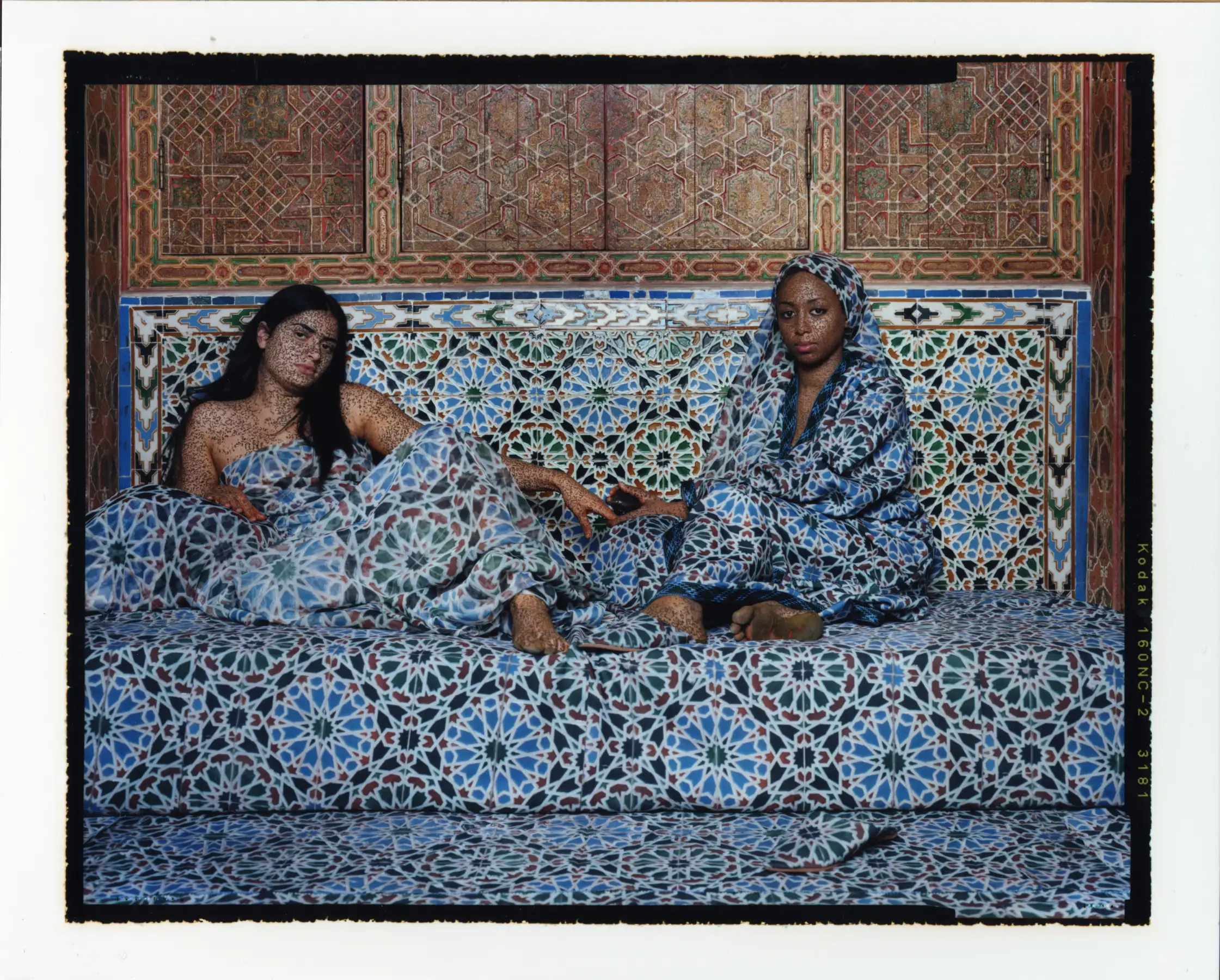
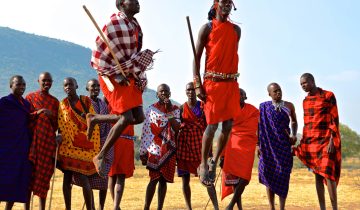
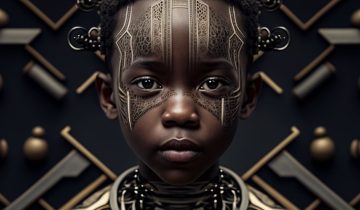

 No products in the basket.
No products in the basket.